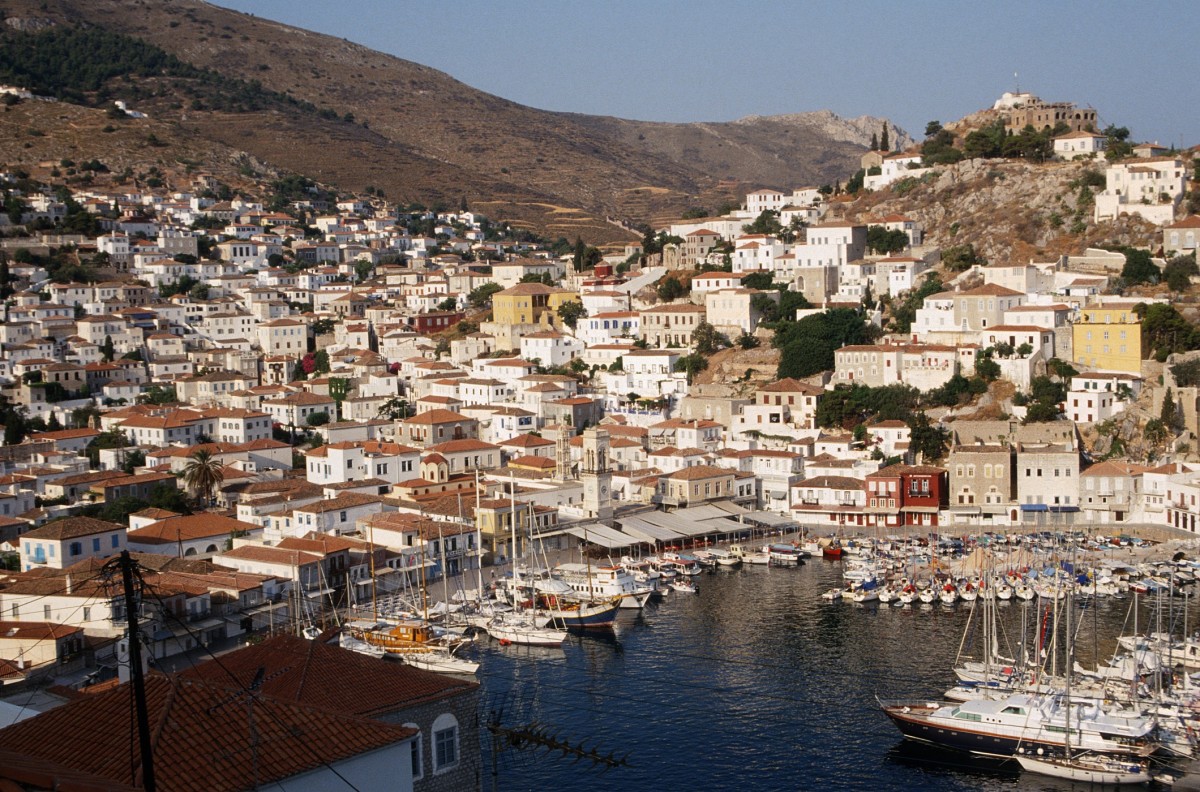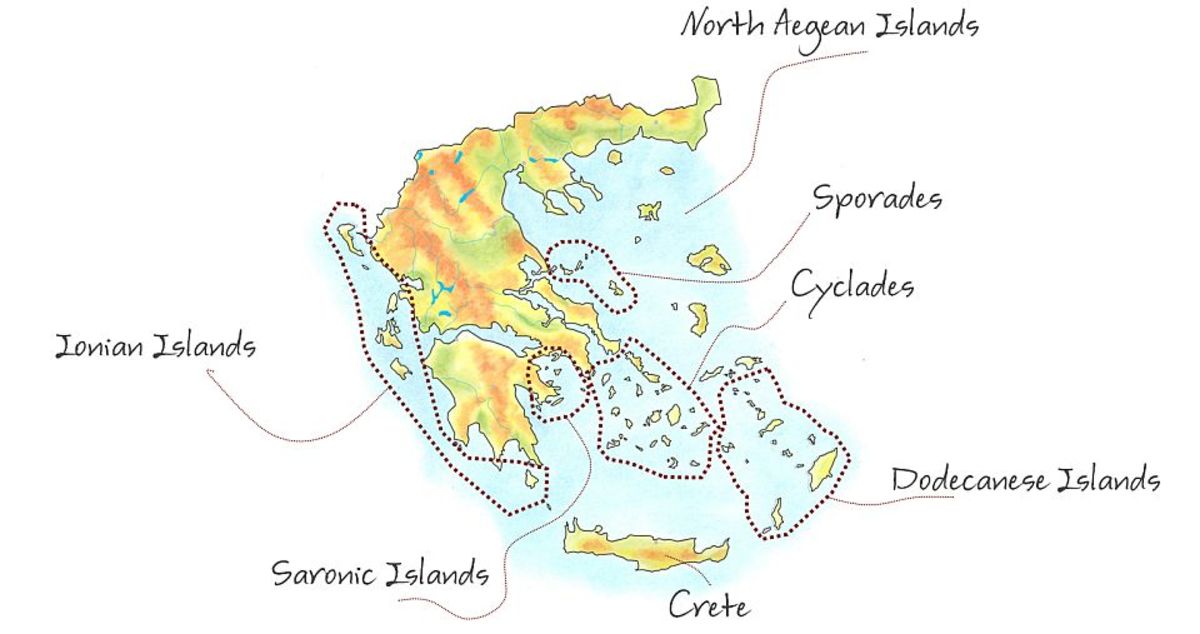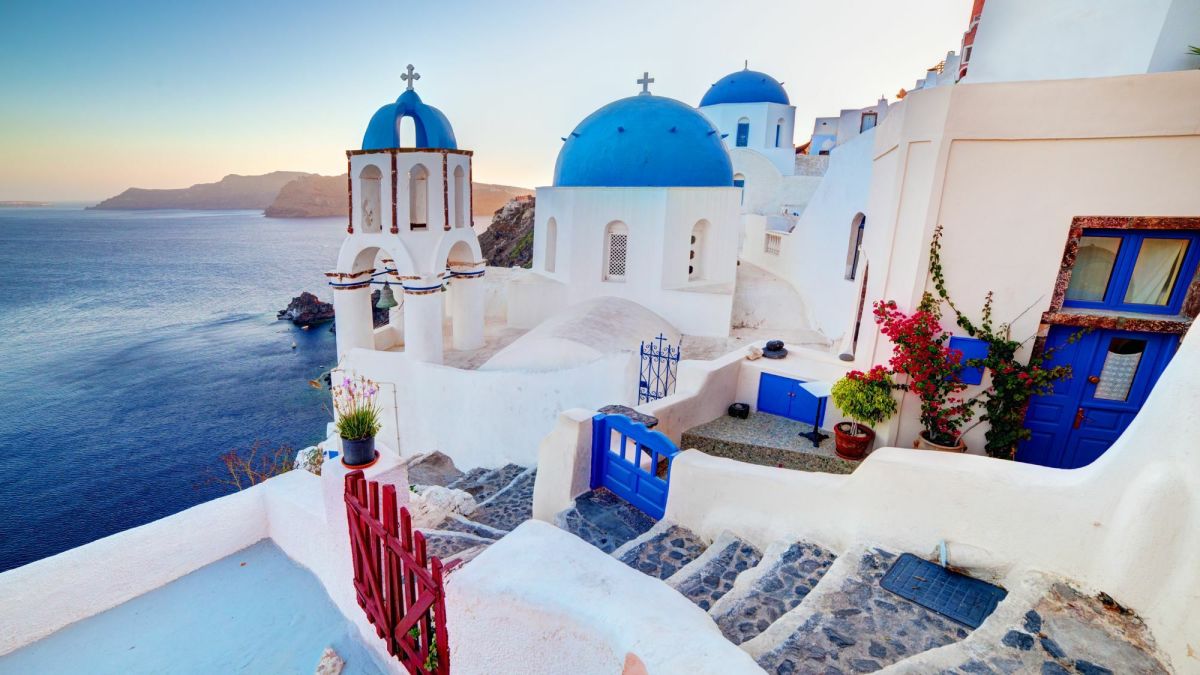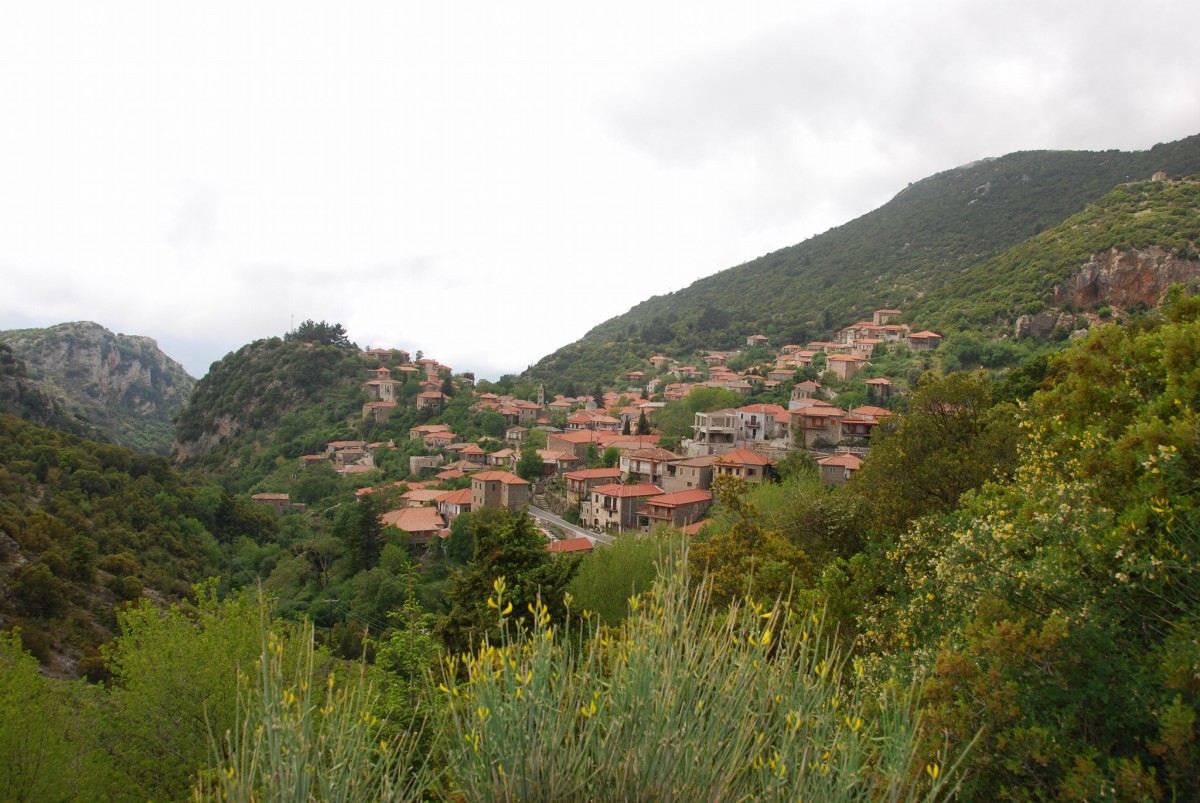Samothrace - Live your myth in Greek island
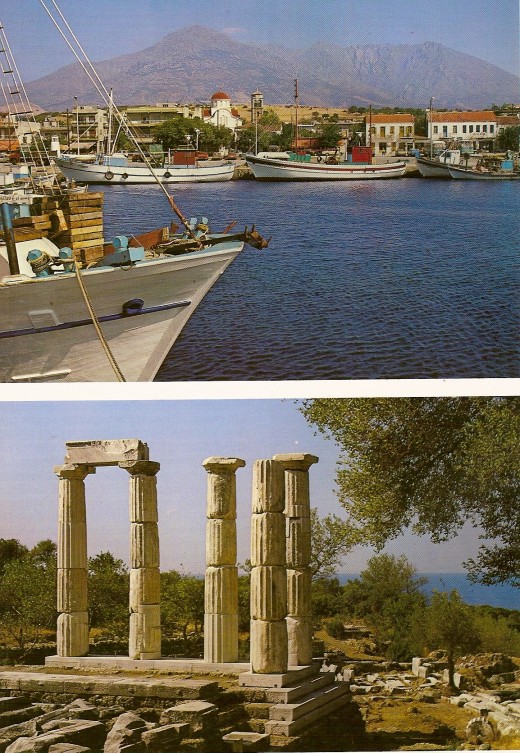
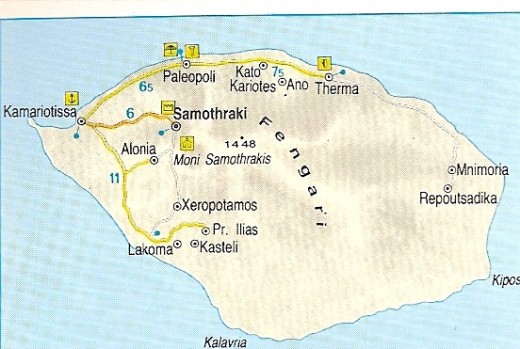

Samothrace
GEOGRAPHY. Samothrace is located in the northeast Aegean, opposite Alexandroupolis, from which it is just 29 nautical miles distant. It belongs to the Prefecture of Evros and covers an area of 178 sq, km., has 58 km. of coastline and a population of 2,871. There is a local boat service from Alexandroupolis and, once a week, a connection with Kavala and Lemnos.
A mountainous island (highest peak Fengari, 1448 m. a'-s.!.) with dense vegetation cover and numerous monuments, it is still relatively untouched by tourism and may be recommended for quiet holidays. In addition to its capital, Samothrace, there are other villages on the island: Kamariotissa, Palaiopolis, Xiropotamos, Therma, Profitis lIias and Lakoma.
HISTORY. Samothrace was first inhabited in the Neolithic era. In around 1000 BC Thracian colonizers came here, intermarrying with the indigenous population. The island's present capital, Sa moth race (Chora), is located on its west coast. A traditional town, it is dominated by the massive medieval castle. At Palaiopolis, on the north side of the island, there are traces of the ancient city, built in around 700 BC close to the sanctuary of the Cabeiroi (Great gods).
The sanctuary, which attained its zenith in Hellenistic times, was never totally destroyed and has been excavated by the American School of Classical Studies. Various sections of the Cyclopean wall, palace (6th century BC edifice), theatre, propylon and the foundations of diverse buildings of the sanctuary (temples, "ex votos", votive of Philip 11 and Alexander IV etc.) have been revealed. One may also visit the ancient cemetery (7th century BC - 2nd century AD) and remnants of medieval towers (15th century) nearby. Among the diverse finds displayed in its small Archaeological Museum is a plaster cast of the famous statue of the Winged Victory, discovered at Palaiopoli and nowadays housed in the Louvre, Paris. At Therma (13 km. from the harbor), where there is a therapeutic spring, one may enjoy the unique vista of the coast opposite, as well as the islands of Thasos and Lemnos. There are excursions by local boats to the southern shores (Ammos) of Samothrace with their dense vegetation, streams and brooks. There is little provision for tourists (just one hotel and a few rooms to let) and a very rudimentary network of roads.


